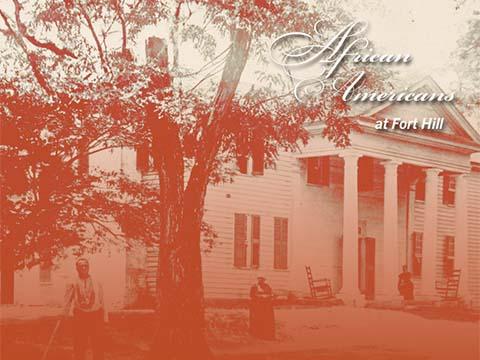
Clemson University was founded in 1889 through a bequest from Thomas Green Clemson, a Philadelphia-born, European-educated engineer, musician and artist who married John C. Calhoun’s daughter, Anna Maria, and eventually settled at her family plantation, Fort Hill, in South Carolina. A longtime advocate for an agricultural college in the Upstate, Clemson left his home and fortune to the state of South Carolina to create the institution that bears his name, which is now one of the nation’s leading public universities.
Now a National Historic Landmark, Fort Hill is managed by Clemson University’s Department of Historic Properties. African Americans were a vital force in the operation and economy of Fort Hill, the home of John C. and Floride Calhoun from 1825 to 1850, Andrew Pickens and Margaret Green Calhoun from 1851 to 1871, and Thomas Green and Anna Clemson from 1872 to 1888. Like many Southern planters of the time, Calhoun raised cotton as a cash crop using enslaved labor to run his household and plantation. The brochure African Americans at Fort Hill tells some of the stories of those who were enslaved on the property and how their impact is still felt at Clemson University today. Visit the page African Americans at Fort Hill to learn more about these research efforts at Clemson University.
The complete list of June electronic South Carolina state publications is now available. The South Carolina Digital State Documents Depository provides electronic access to state agency publications. These publications provide citizens with crucial information about state government and include statistics, reports, and data on a wide variety of topics related to the state.
For more information about our depository for state publications, visit our online guide.


